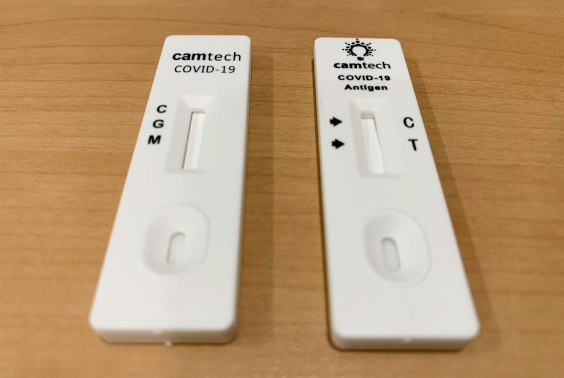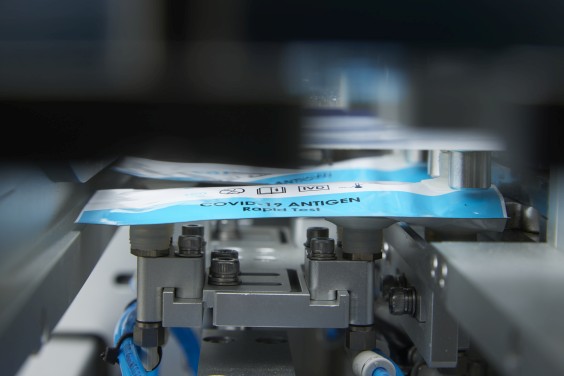Supporting Life Sciences Research
Robust laboratory and manufacturing services for life sciences and biomedicine
Our suite of prototyping solutions and manufacturing services to the life sciences industry drives research, and streamlines laboratory testing. Altogether, our solutions provide healthcare providers and individuals with accurate, accessible tools to enable better health outcomes.

Camtech Laboratory
Clinics, hospitals, and other healthcare institutions require constant laboratory support to perform reliable, reproducible diagnostic testing with rapid turnaround times. Camtech Laboratory offers a variety of reliable molecular diagnostic and precision medicine services to patients, clinics, and hospitals.
These services include:
- HPV testing: at-home sampling and clinical testing with the BD Onclarity™ HPV Assay with extended genotyping, along with Liquid-based Cytology (LBC)
- Urea Cycle Disorders (UCDs) and Stargardt disease genotyping: our solution entails a targeted full-genomic sequencing (encompassing enhancers, promoters, exons, shallow introns and deep introns) of nine causative genes for UCDs and ABCA4 gene for Stargardt disease
- Next-Generation Sequencing: whole genome sequencing and microbiome profiling
- Quantitative PCR (qPCR): quantifying genetic markers of infectious diseases and non-infectious disease
- Immunology & Serology: Enzyme immunoassay (EIA) and ELISA testing
Lateral Flow Manufacturing by Camtech Innovations
Camtech operates a state-of-the-art, fully automated facility that can design, prototype, and manufacture PoC LFA testing kits.
Our team has a wealth of expertise in customising, designing and developing reliable and rapid diagnostic tests using lateral flow assay technology, and is able to move production from prototype through to pilot production and scale up.
We have partnered with startup companies, academic groups and research institutions to bring forward their diagnostic development projects with our cutting-edge facilities.

Microfluidic Chip Design and Prototyping Services by Camtech Innovations
Camtech provides scalable, cost-effective solutions based on microfluidics that significantly accelerate the development of research and clinical diagnostic applications.
The reduced sample volumes, higher throughput, reproducibility and potential for automation that microfluidics devices offers, has resulted in a constantly growing demand for miniaturised systems in the life sciences.
Our multidisciplinary team at Camtech has years of experience designing and prototyping microfluidics devices. We are able to offer tailored and optimised designs for our clients. We work with our customers all the way from concept to pilot and scale up production and have carried out prototyping and low-volume manufacturing of microfluidics chips for companies at various stages of product development and clinical validation.



